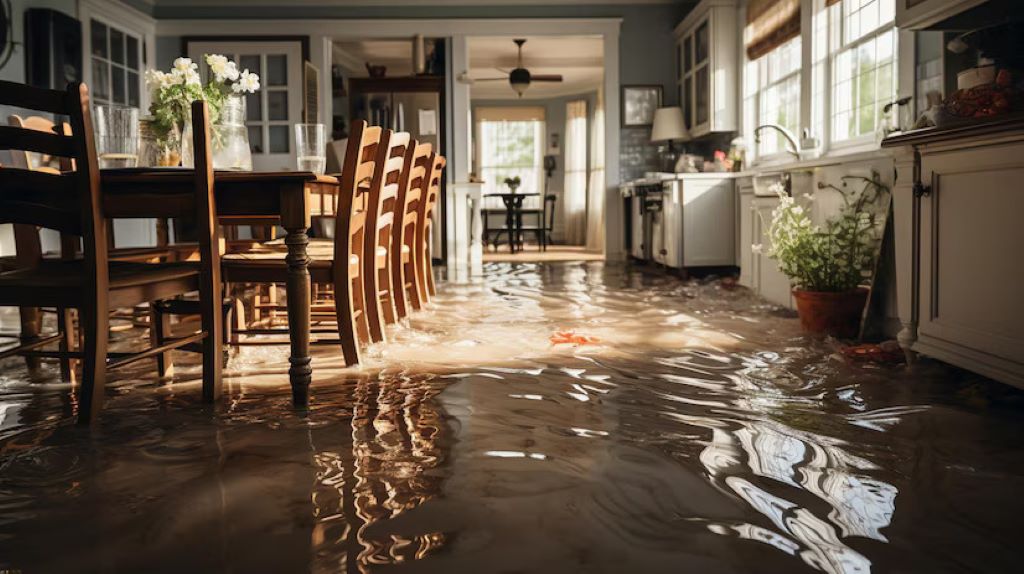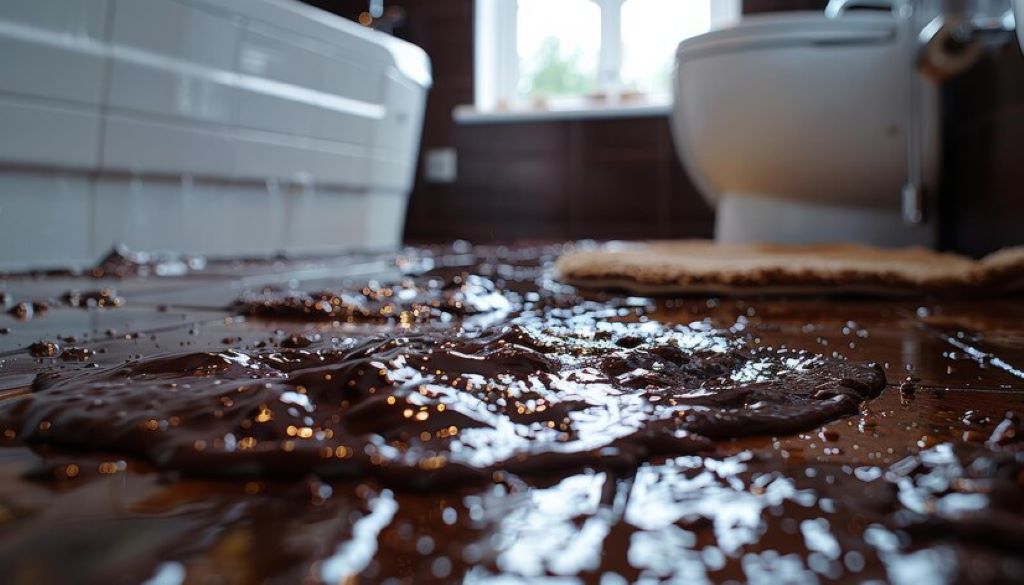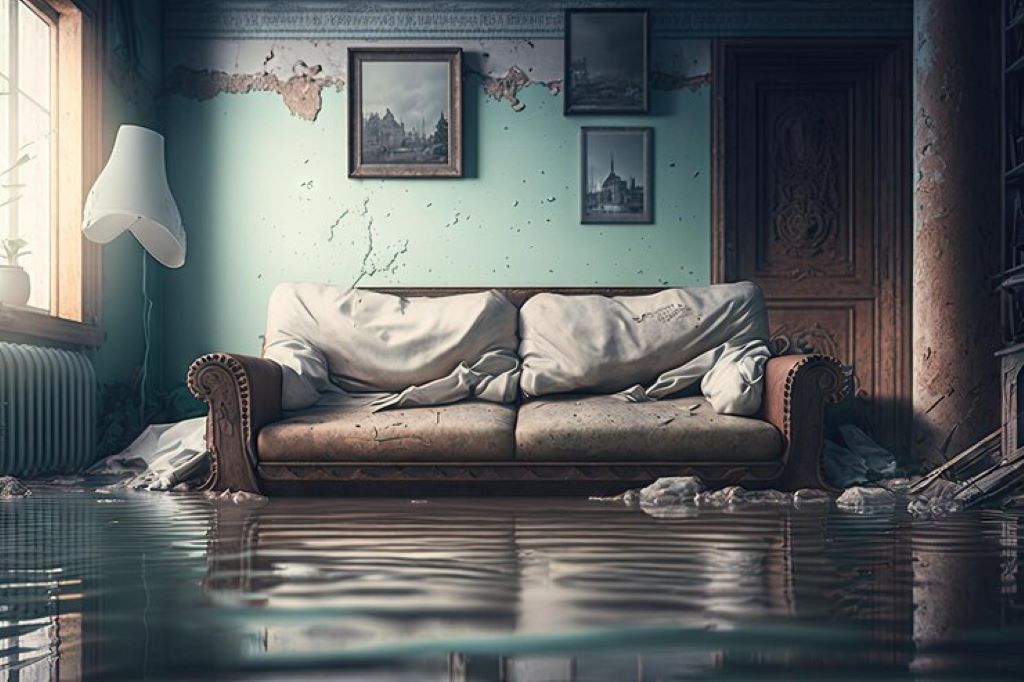From Flooded Spaces to Healthy Homes: Navigating Water Damage Restoration for Optimal Wellness
Water damage is a homeowner’s nightmare, wreaking havoc on properties and posing significant risks to health and well-being. Whether it’s a burst pipe, a leaking roof, or a natural disaster, the aftermath of water damage can be overwhelming.
However, amidst the chaos, there’s a crucial aspect that often gets overlooked: the impact on our health. In this comprehensive guide, we’ll delve into the intricate relationship between water damage restoration and optimal wellness. From understanding the health risks associated with water damage to navigating the restoration process, let’s explore how to transform flooded spaces into healthy homes.
The Health Impacts of Water Damage
Water damage doesn’t just harm your property; it can also pose serious risks to your health and well-being. Whether it’s from a burst pipe, a leaky roof, or a natural disaster like flooding, the aftermath of water damage can create an environment ripe for mold growth, bacterial contamination, and compromised indoor air quality. In this section, we’ll explore the health impacts of water damage in more detail, highlighting the potential risks and how to mitigate them effectively.

Mold Growth
One of the most significant health concerns associated with water damage is the growth of mold. Mold thrives in damp, humid environments, making water-damaged homes an ideal breeding ground. Mold exposure can trigger allergic reactions, exacerbate asthma symptoms, and cause respiratory issues such as coughing and wheezing.
Furthermore, certain types of mold produce mycotoxins, which can have more severe health consequences if inhaled or ingested. Therefore, it’s crucial to address water damage promptly to prevent mold growth and protect your health.
Bacteria and Pathogens
Water damage can introduce harmful bacteria and pathogens into your home, especially if the water source is contaminated, such as in the case of flooding or sewage backups. Bacteria like E. coli, Salmonella, and Legionella can cause a range of illnesses, including gastrointestinal infections and respiratory diseases.
Additionally, standing water provides an ideal breeding ground for bacteria, increasing the risk of exposure and transmission. It’s essential to thoroughly clean and disinfect water-damaged areas to remove bacteria and prevent further health hazards.
Indoor Air Quality
Water damage can compromise indoor air quality, leading to the proliferation of airborne pollutants and allergens. As moisture levels rise, dust mites proliferate, and airborne particles become trapped in damp surfaces, exacerbating respiratory issues and allergies. Additionally, volatile organic compounds (VOCs) released from building materials and household products can off-gas in humid conditions, further compromising indoor air quality.
Poor indoor air quality can contribute to respiratory problems, headaches, fatigue, and other health issues. Therefore, it’s crucial to address water damage promptly and implement measures to improve indoor air quality, such as ventilation and air filtration.

Navigating Water Damage Restoration
Water damage is a distressing event for any homeowner, bringing not only structural concerns but also significant health risks. Whether caused by burst pipes, natural disasters, or leaking roofs, water damage requires swift and meticulous restoration efforts to safeguard both property and well-being. In this comprehensive guide, we’ll navigate through the process of water damage restoration, focusing not only on structural repair but also on mitigating health hazards and ensuring optimal wellness for you and your family.
- Assessment and Documentation: The first step in water damage restoration is to assess the extent of the damage. Document all visible signs of water intrusion, including areas of standing water, dampness, and mold growth. Take photographs and detailed notes to provide accurate documentation for insurance claims and restoration professionals. Additionally, consider hiring a certified restoration expert like Total Care Restoration to conduct a thorough evaluation of the property and identify hidden sources of water damage
- Water Extraction and Drying: Prompt water extraction is essential to prevent further damage and mold growth. Use specialized equipment such as pumps, vacuums, and dehumidifiers to remove standing water and moisture from the affected areas. Pay close attention to flooring, walls, and furniture, as these areas are prone to water absorption and can harbor hidden moisture. Thoroughly dry out the space to prevent mold growth and structural damage, ensuring that humidity levels are within acceptable ranges.
- Mold Remediation: Mold can quickly become a serious health hazard in water-damaged environments. If mold is present, it’s crucial to address it promptly and effectively. Hire a certified mold remediation specialist to conduct a thorough inspection and develop a comprehensive remediation plan. This may involve containment measures, HEPA filtration, and specialized cleaning and disinfection techniques to remove mold spores and prevent regrowth. Follow industry best practices and guidelines to ensure safe and thorough mold remediation.
- Structural Repairs and Restoration: Once the water damage and mold remediation processes are complete, focus on repairing and restoring the structural integrity of the home. Replace damaged drywall, insulation, flooring, and other building materials as needed to prevent future issues and ensure a healthy living environment.
- Indoor Air Quality Testing: After restoration efforts are complete, consider conducting indoor air quality testing to ensure that the home is safe and healthy for occupancy. Professional air quality testing can detect airborne contaminants, allergens, and mold spores, providing peace of mind for homeowners and their families.

Conclusion
Water damage restoration is not just about restoring homes; it’s about safeguarding our health and well-being. By understanding the health risks associated with water damage and taking proactive steps to mitigate them, homeowners can transform flooded spaces into healthy homes. From prompt water extraction and mold remediation to thorough drying and structural repairs, every step of the restoration process plays a crucial role in promoting optimal wellness. Remember, when it comes to water damage restoration, prioritizing health is key to rebuilding stronger, safer, and healthier homes.






